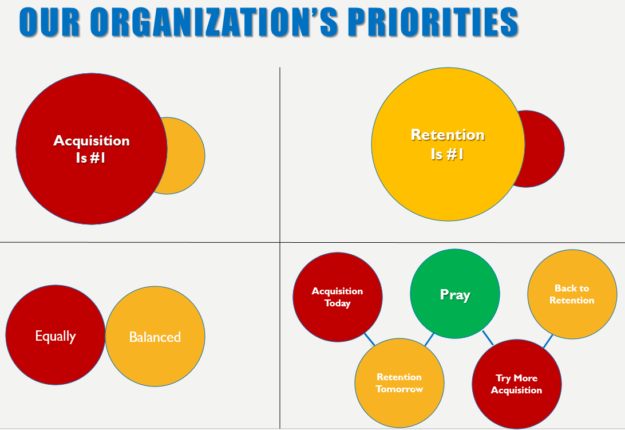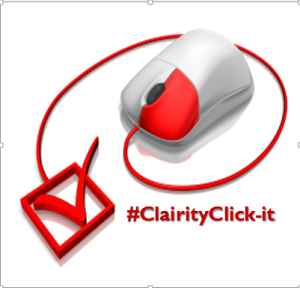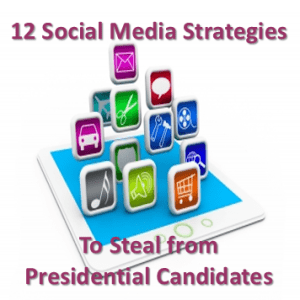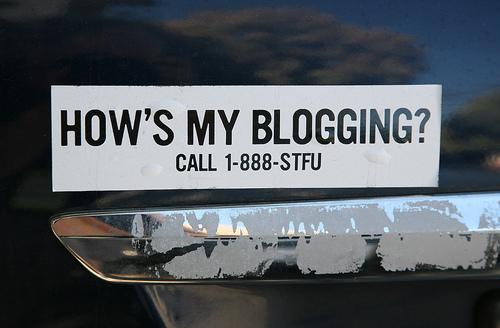How to Supercharge Your Nonprofit Major Gift Fundraising Strategy: 10 FAQs
 If I had to tell you what you need to do to succeed with major gift fundraising in one short paragraph it would be this:
If I had to tell you what you need to do to succeed with major gift fundraising in one short paragraph it would be this:
Identify prospects. Qualify them so you know they want to build a deeper relationship with you. Cultivate them. Visit with them. Listen to them. Ask them for something specific that resonates with their passions. Steward their gift. Communicate the impact of their gift, more than once, to cement the relationship and make them feel like the hero they are.
It’s definitely not rocket science. It’s just not something most of us are taught. Ultimately, success depends on doing the right things the right way. Once you know what is required, success comes from good old hard work. Satisfying and rewarding work. It’s a type of work anyone can learn to do. [If you want to learn, please sign up for the upcoming Certification Course for Major Gift Fundraisers that begins January 25th. It may be the most important investment you make all year. Just one major gift will more than cover the cost].
Over my 39 years in fundraising, 30 of them working in the trenches as a director of development for organizations with budgets ranging from $1 – $40 million, I have asked for a lot of major gifts. I know what works, and what doesn’t work. Today I want to give you some of my best words of wisdom, and also answer some of the questions folks tend to ask me frequently.
I hope these tips will help you tweak your mindset and invigorate your systems so you can be more successful fundraising in the coming year!

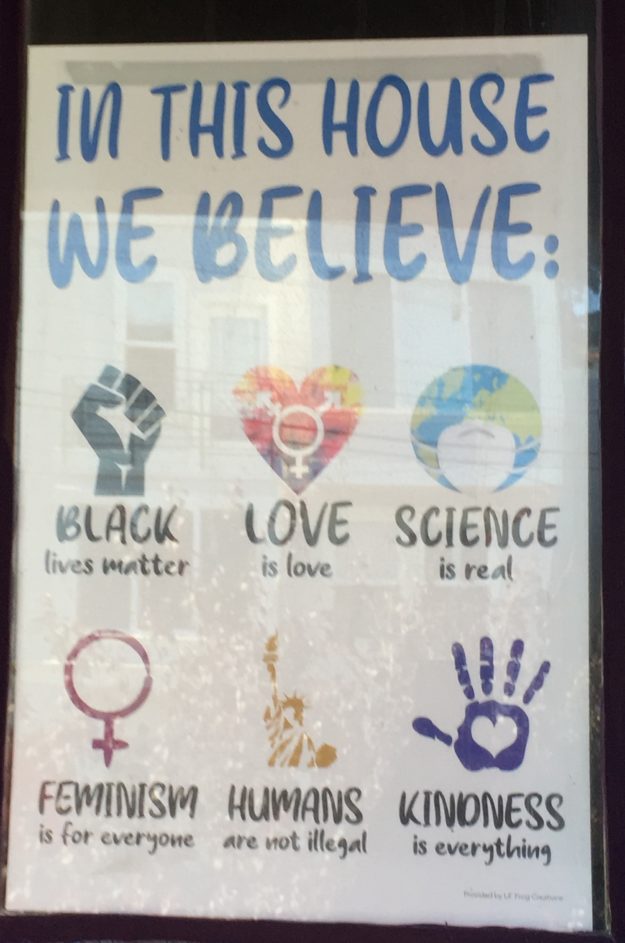


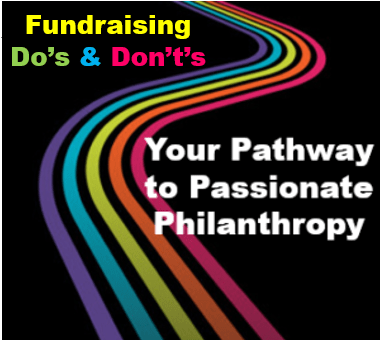


 Do you have monthly donors, or a monthly donor program?
Do you have monthly donors, or a monthly donor program?










